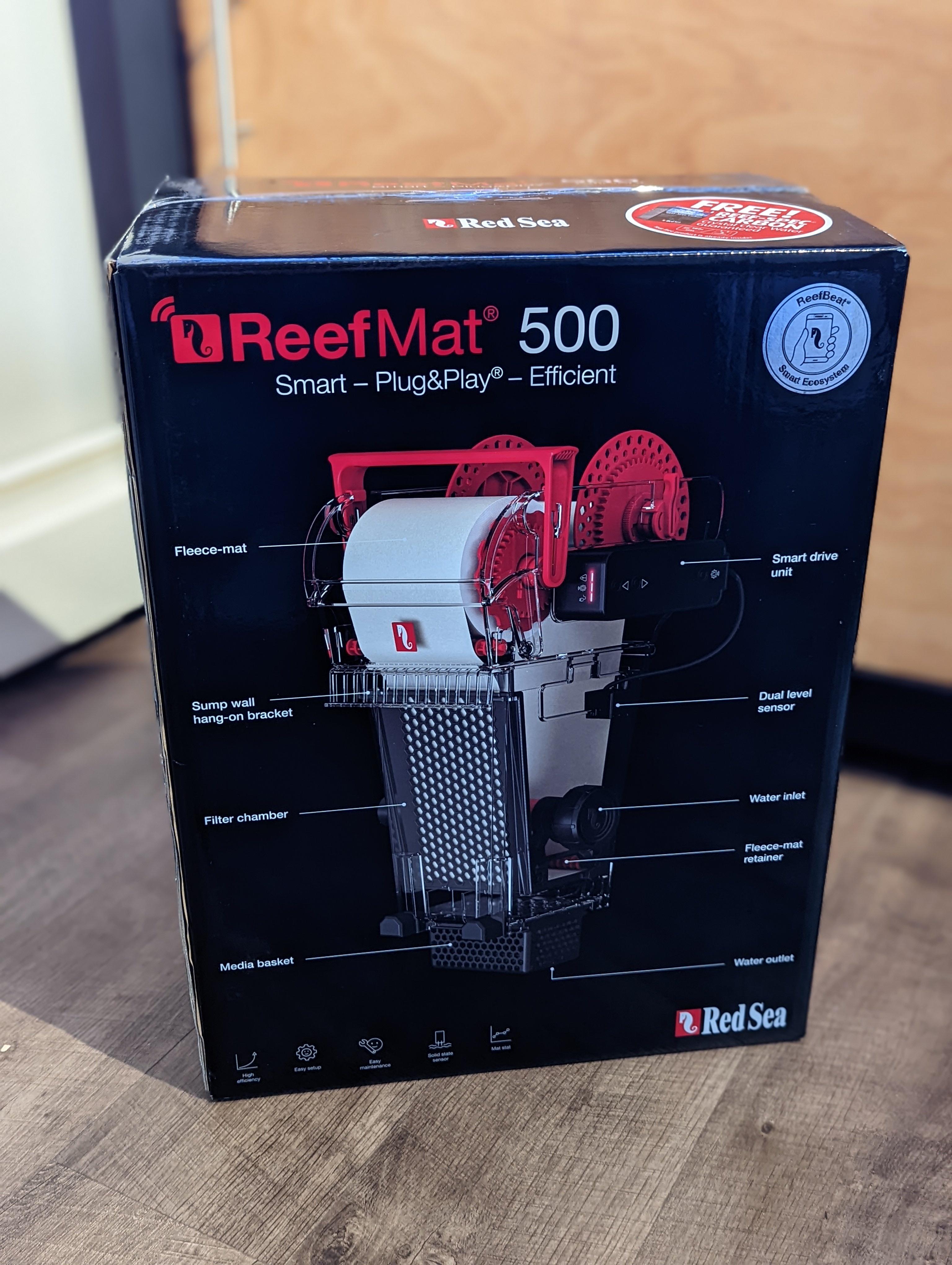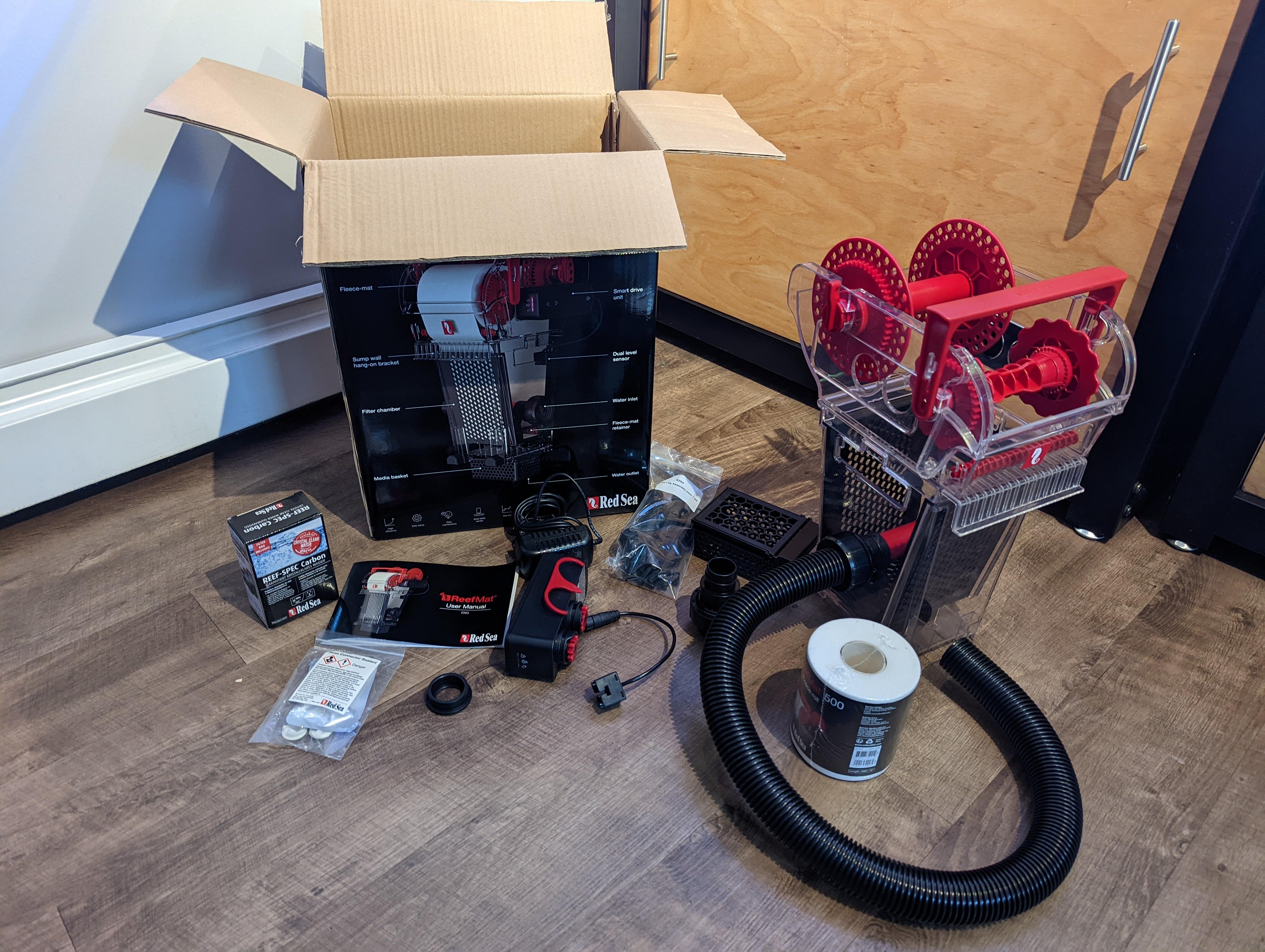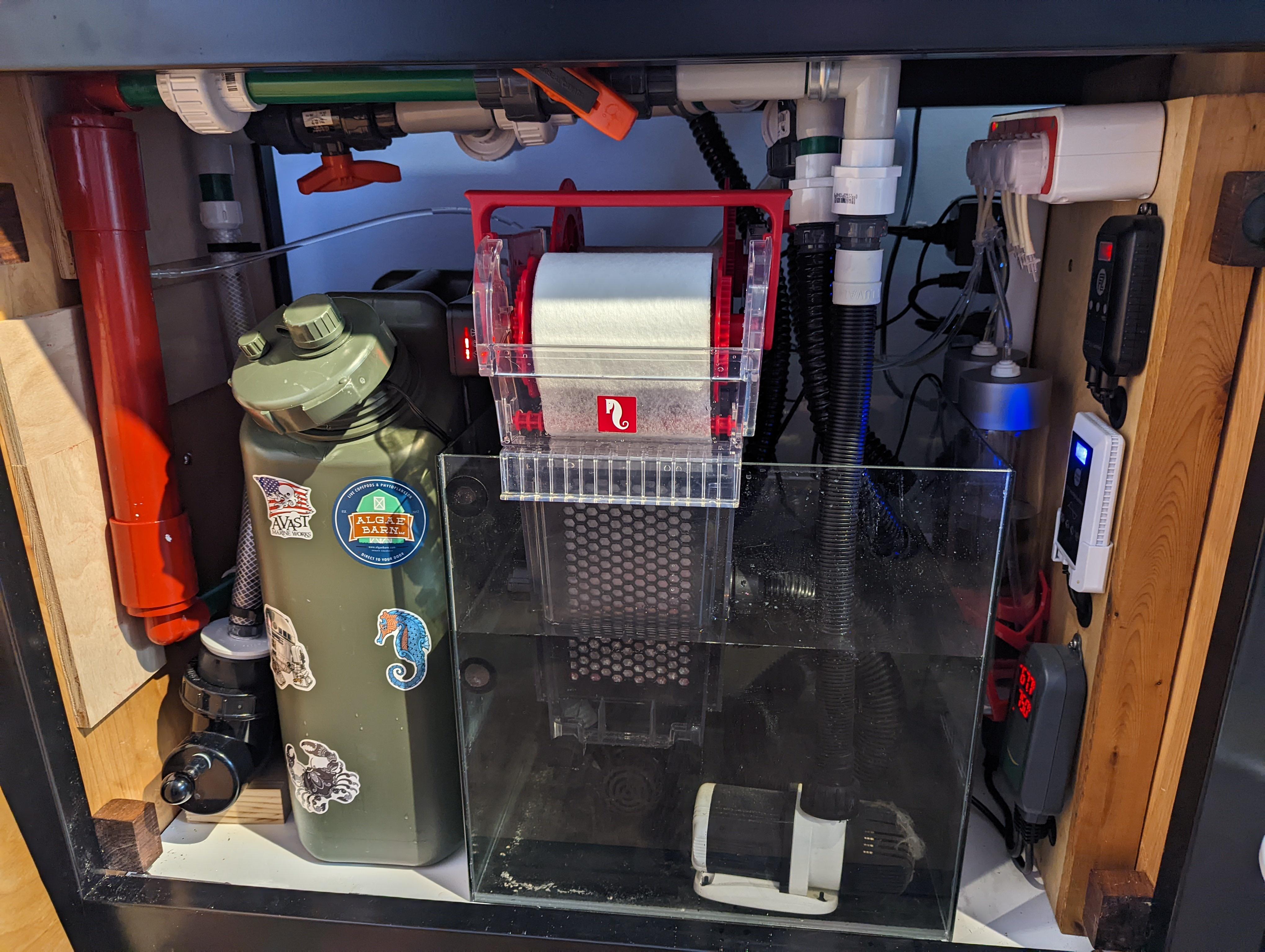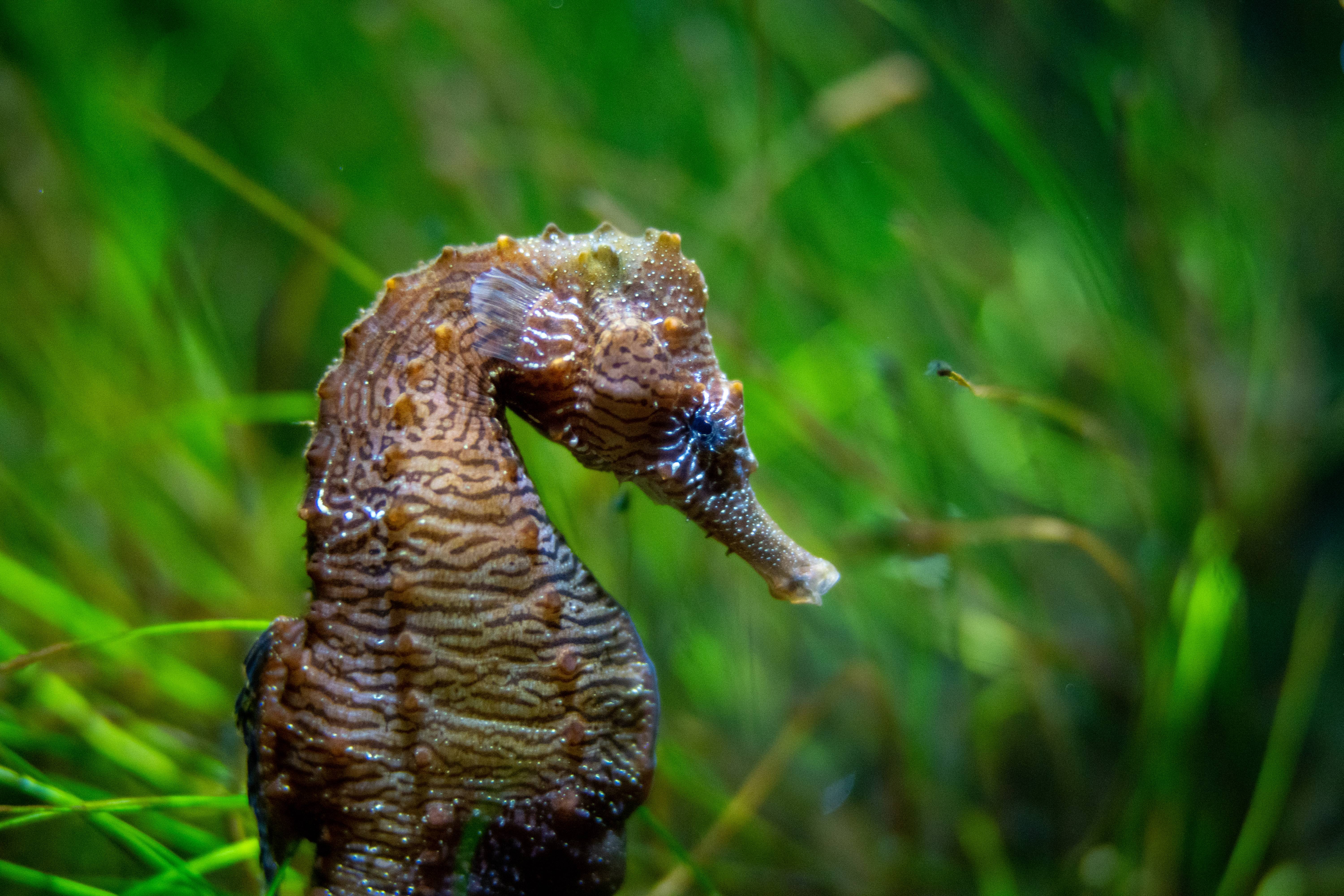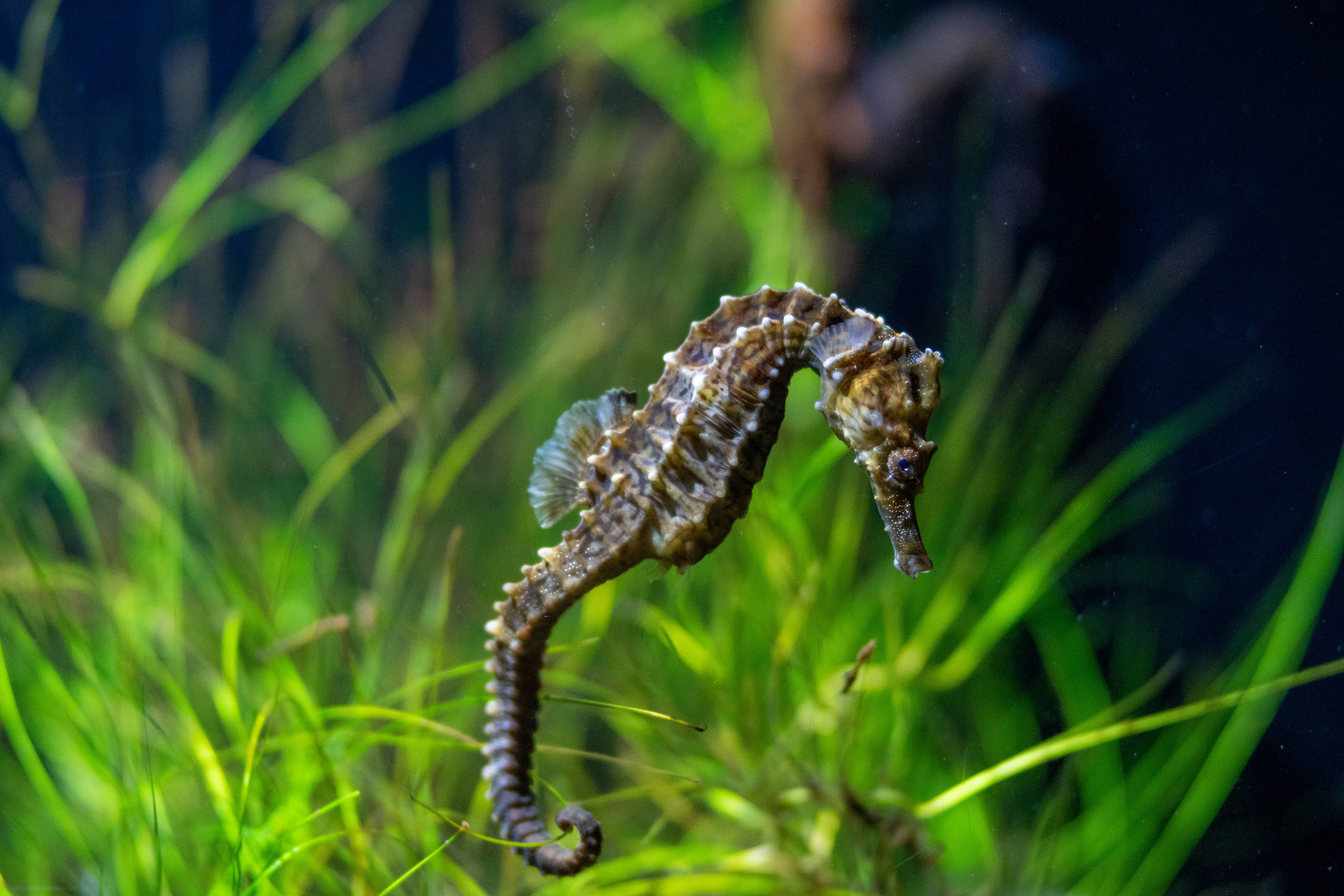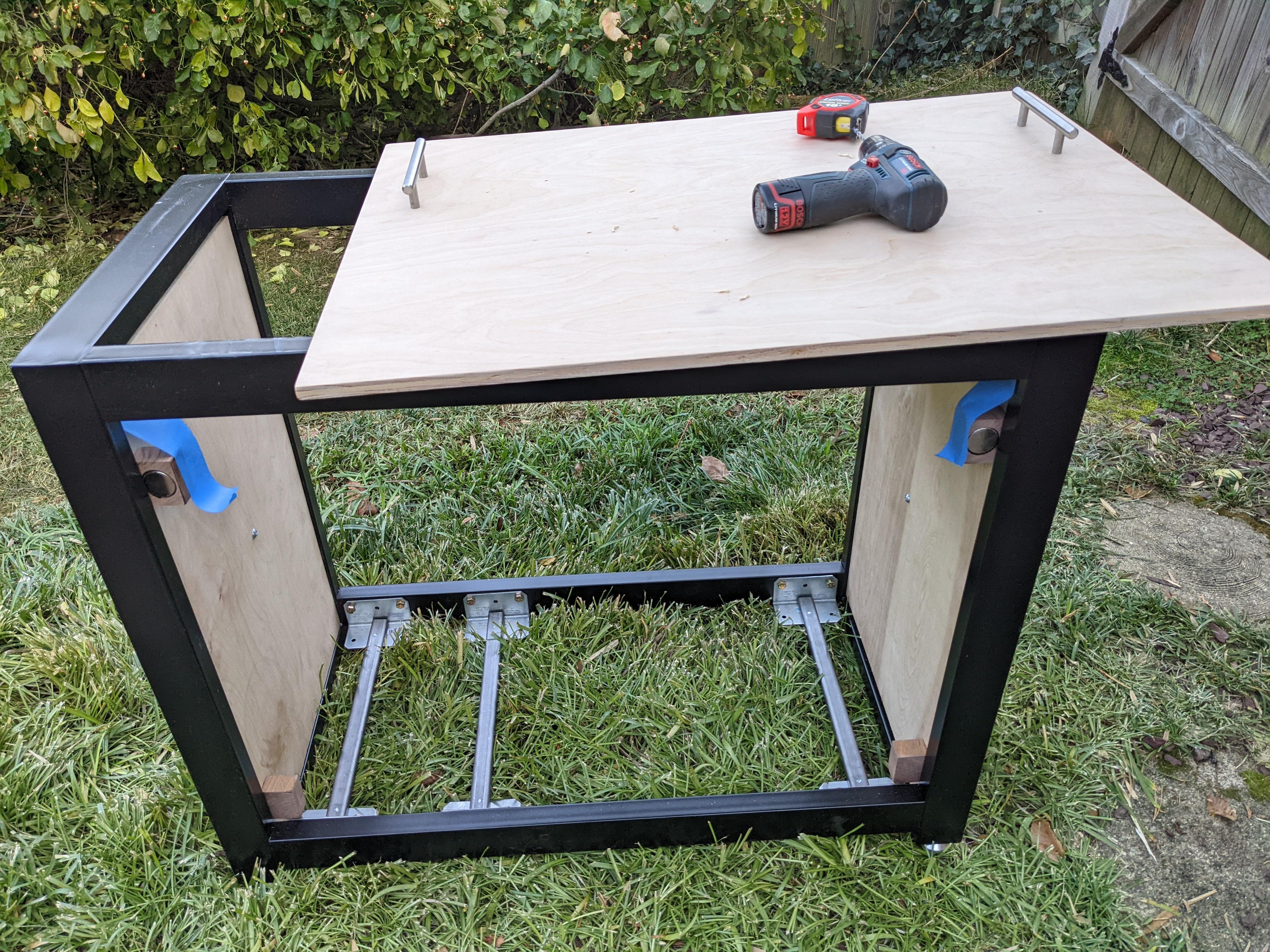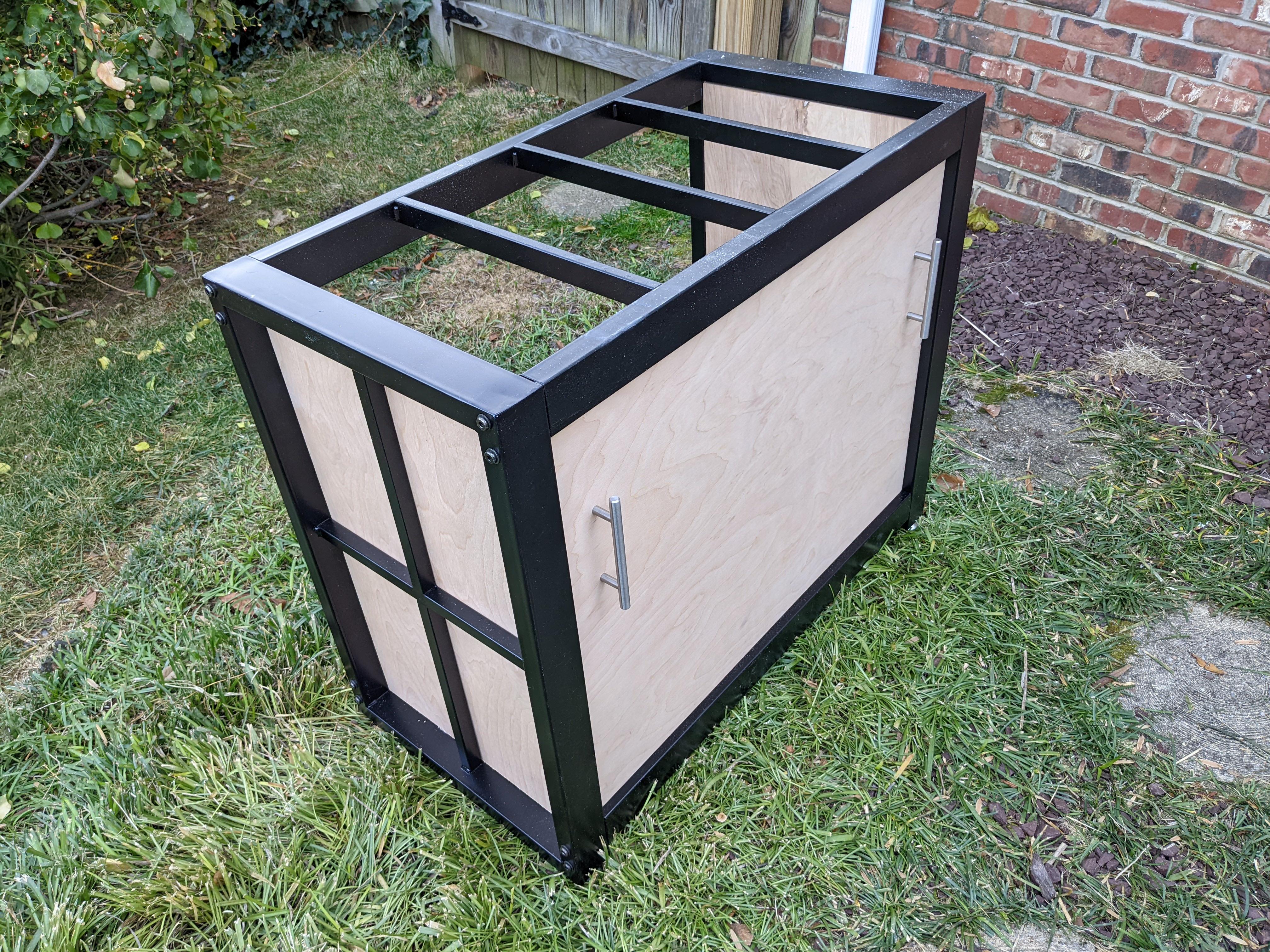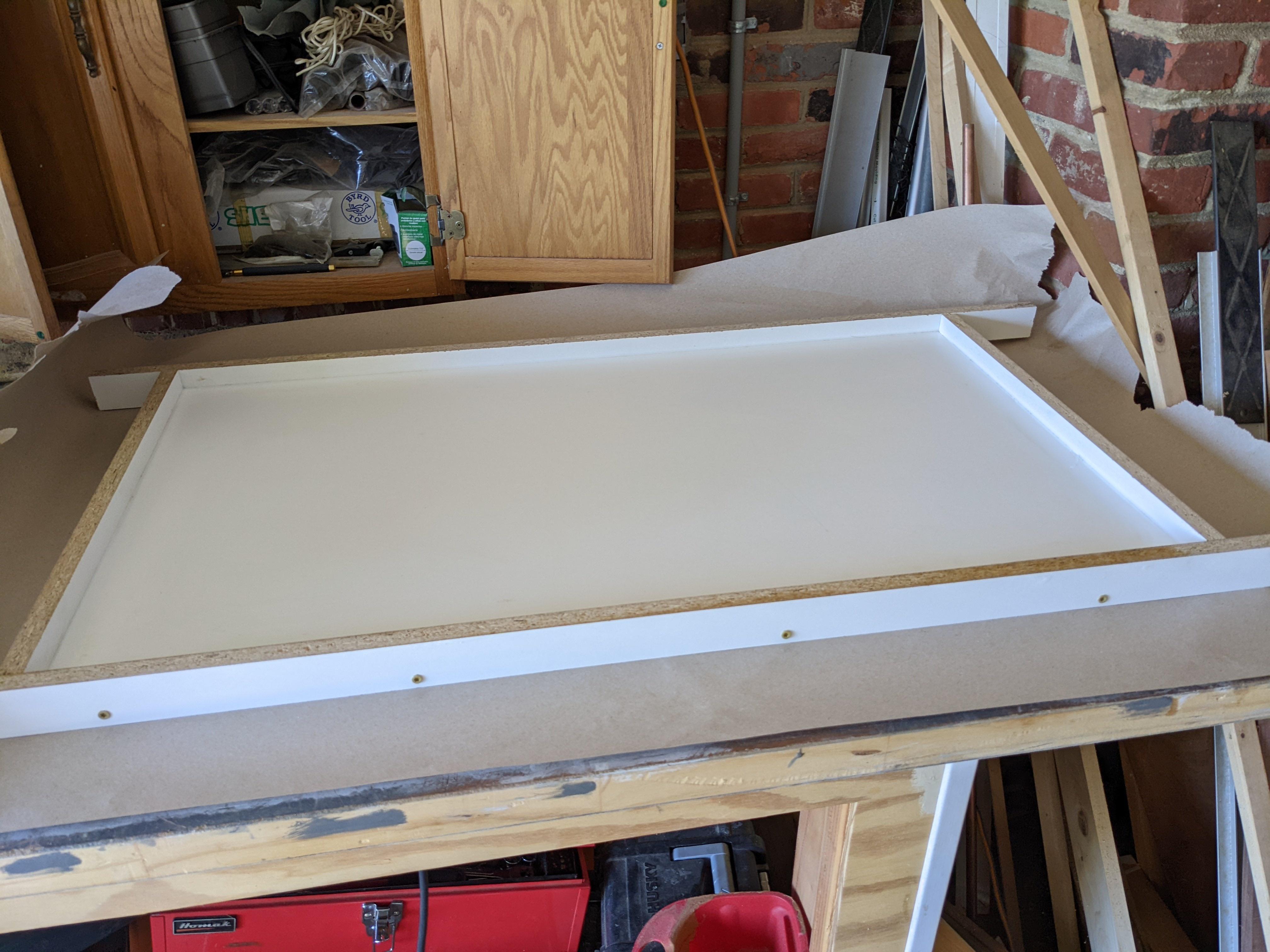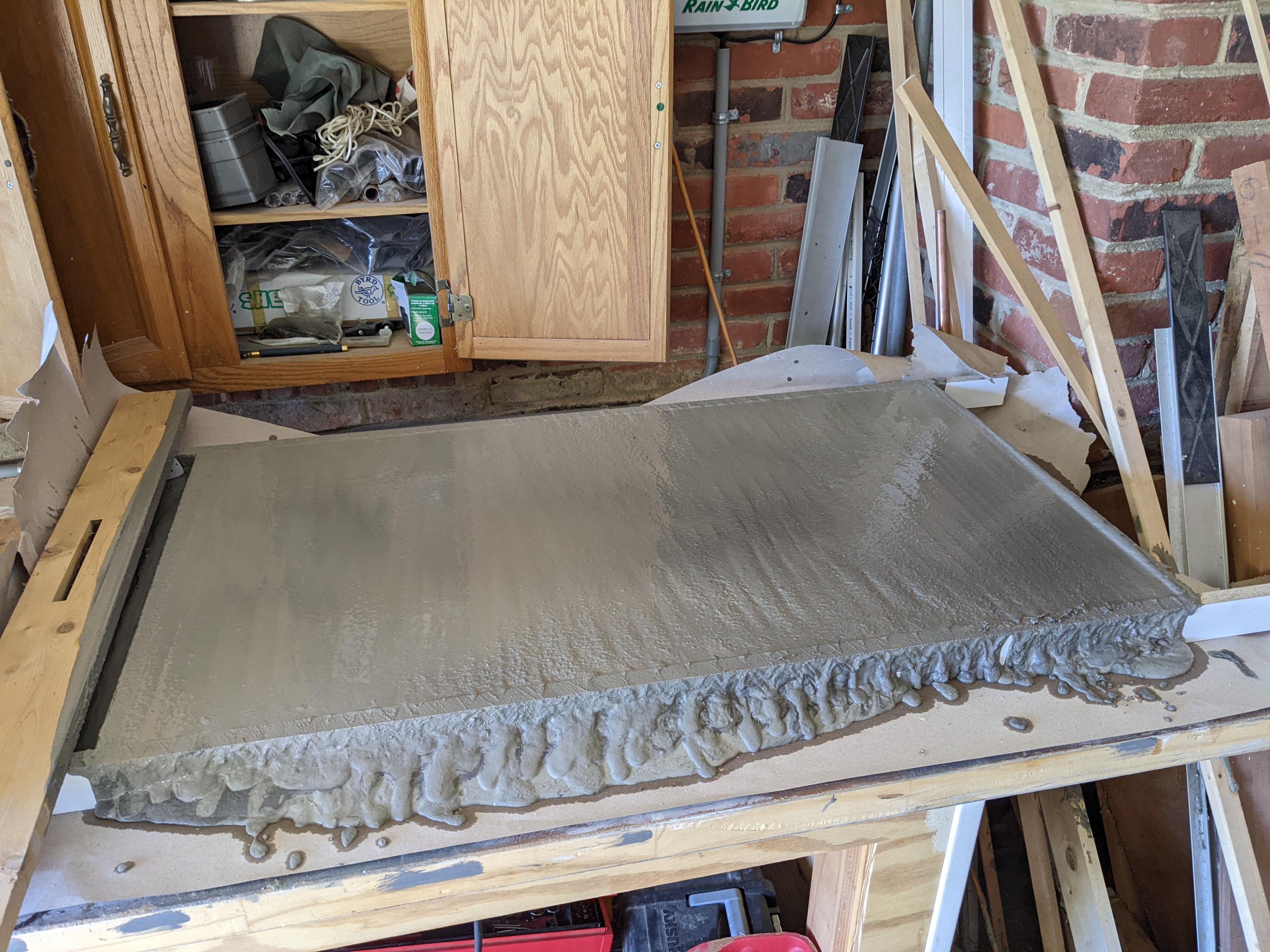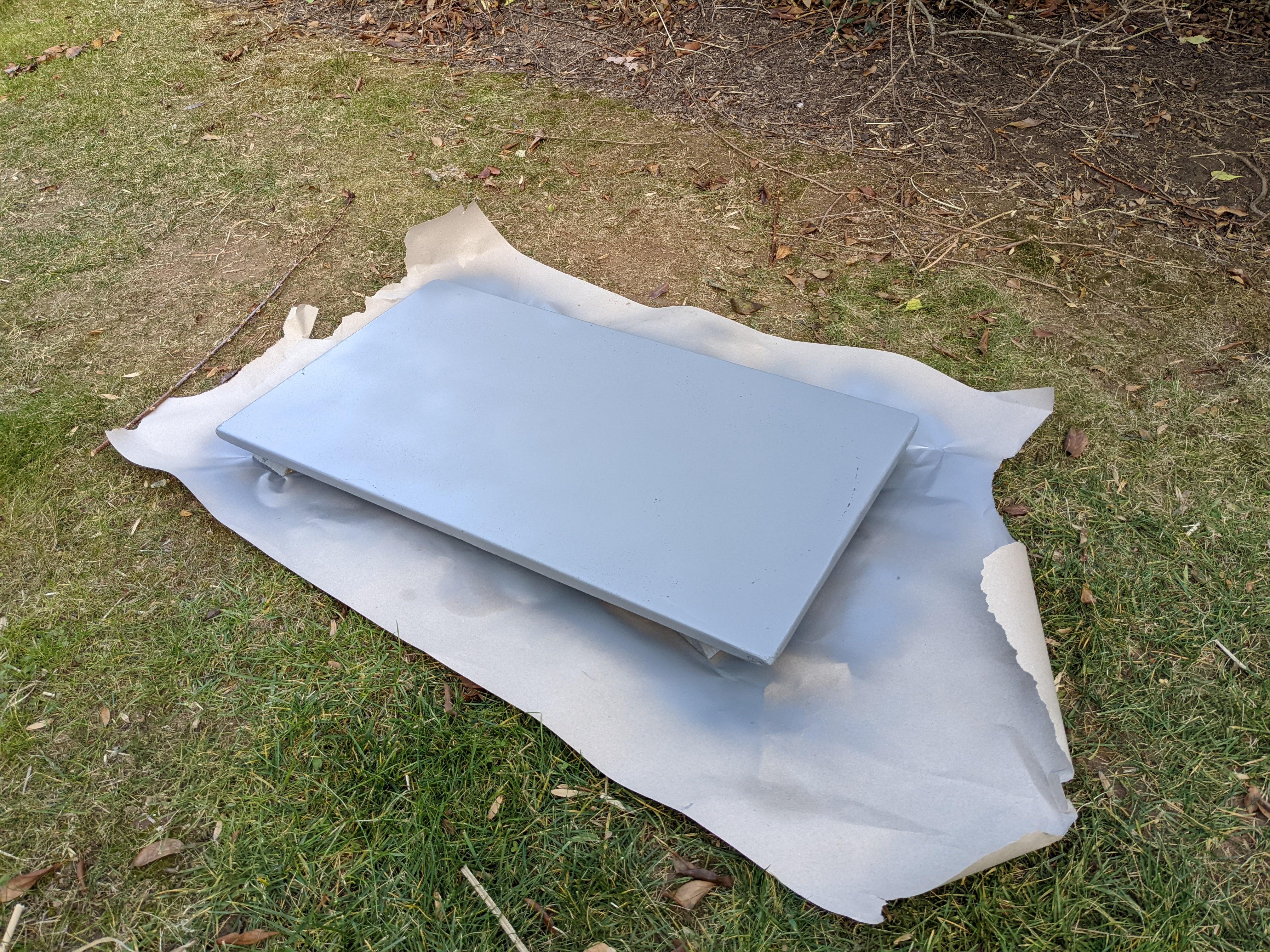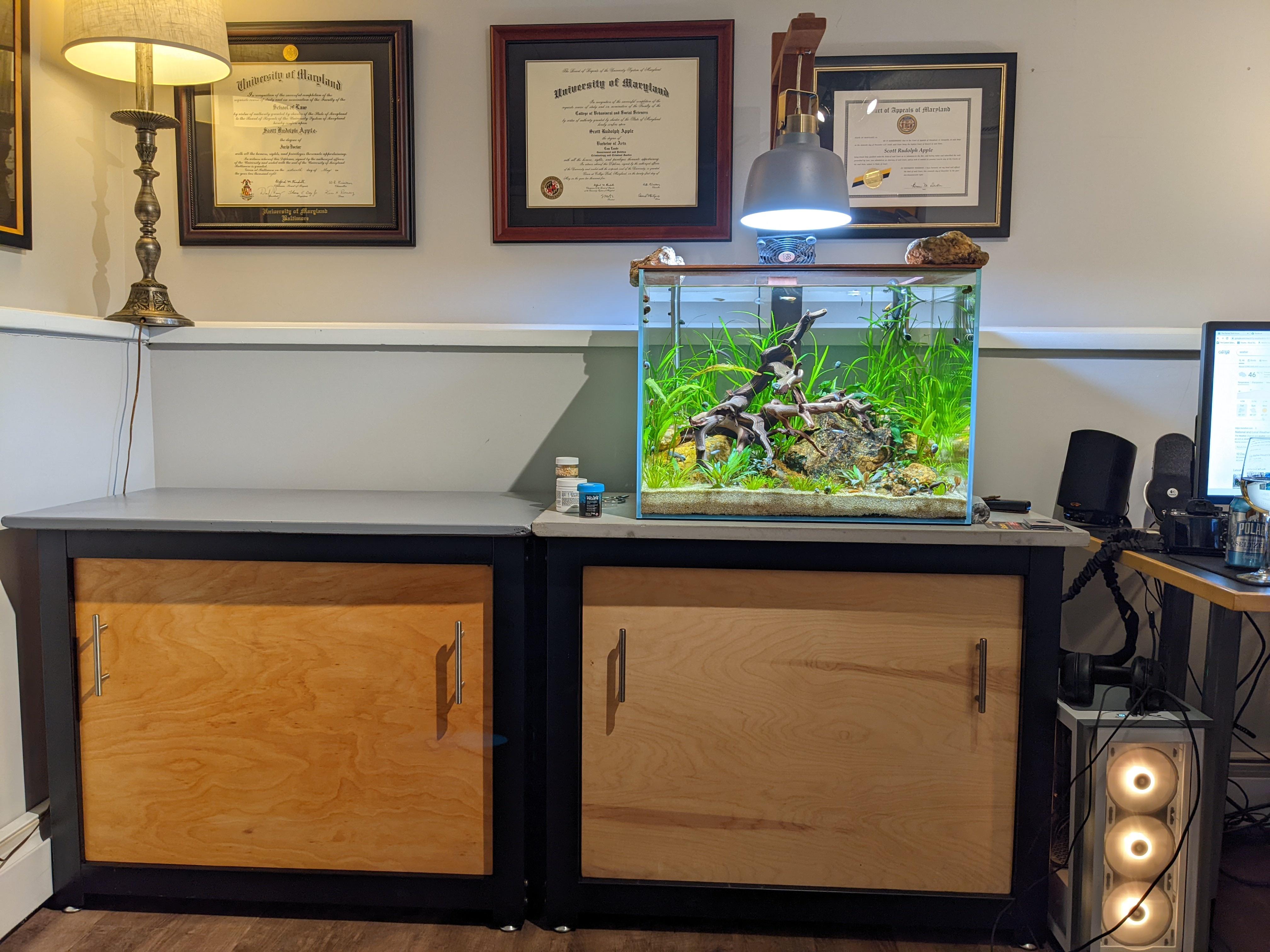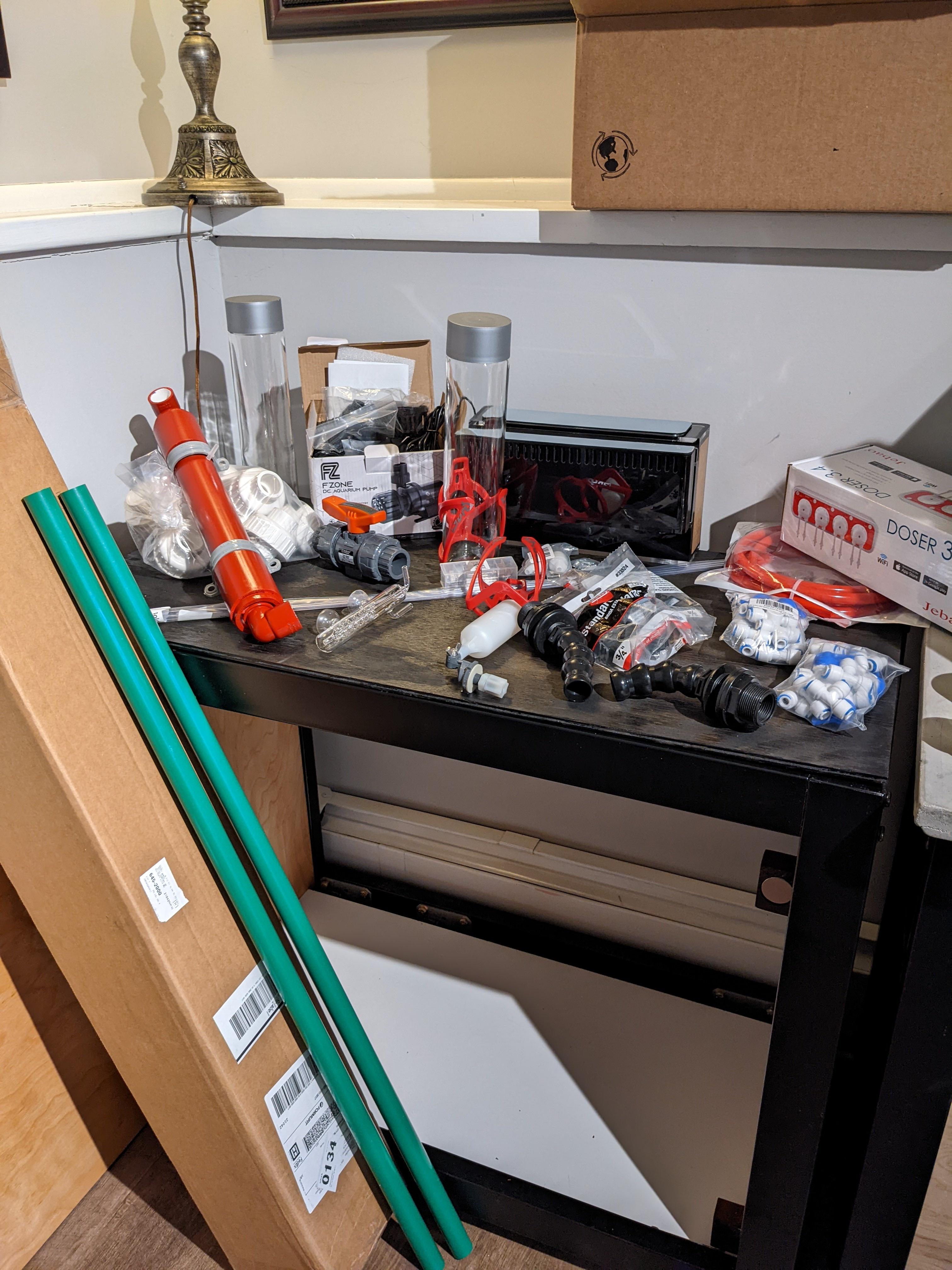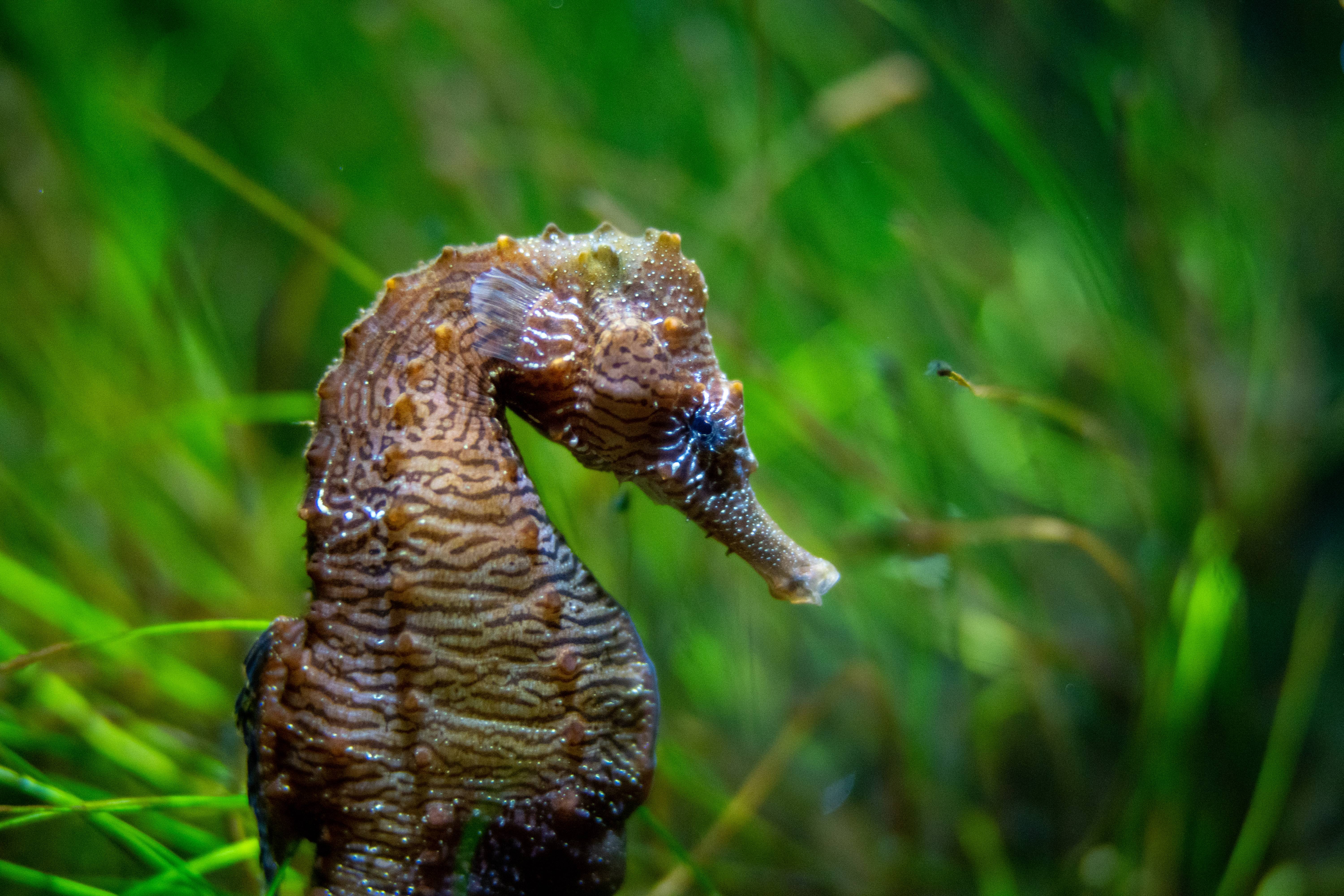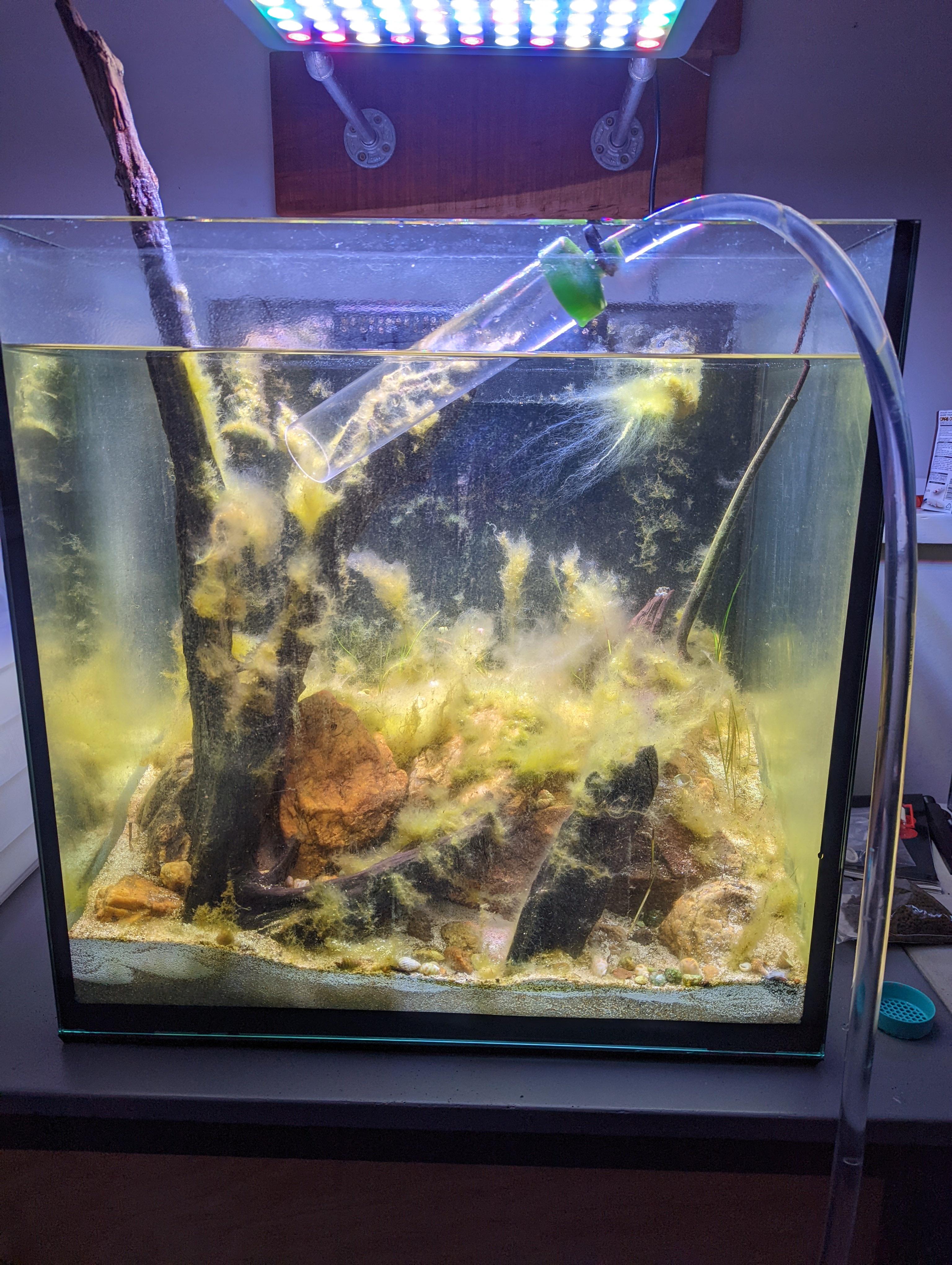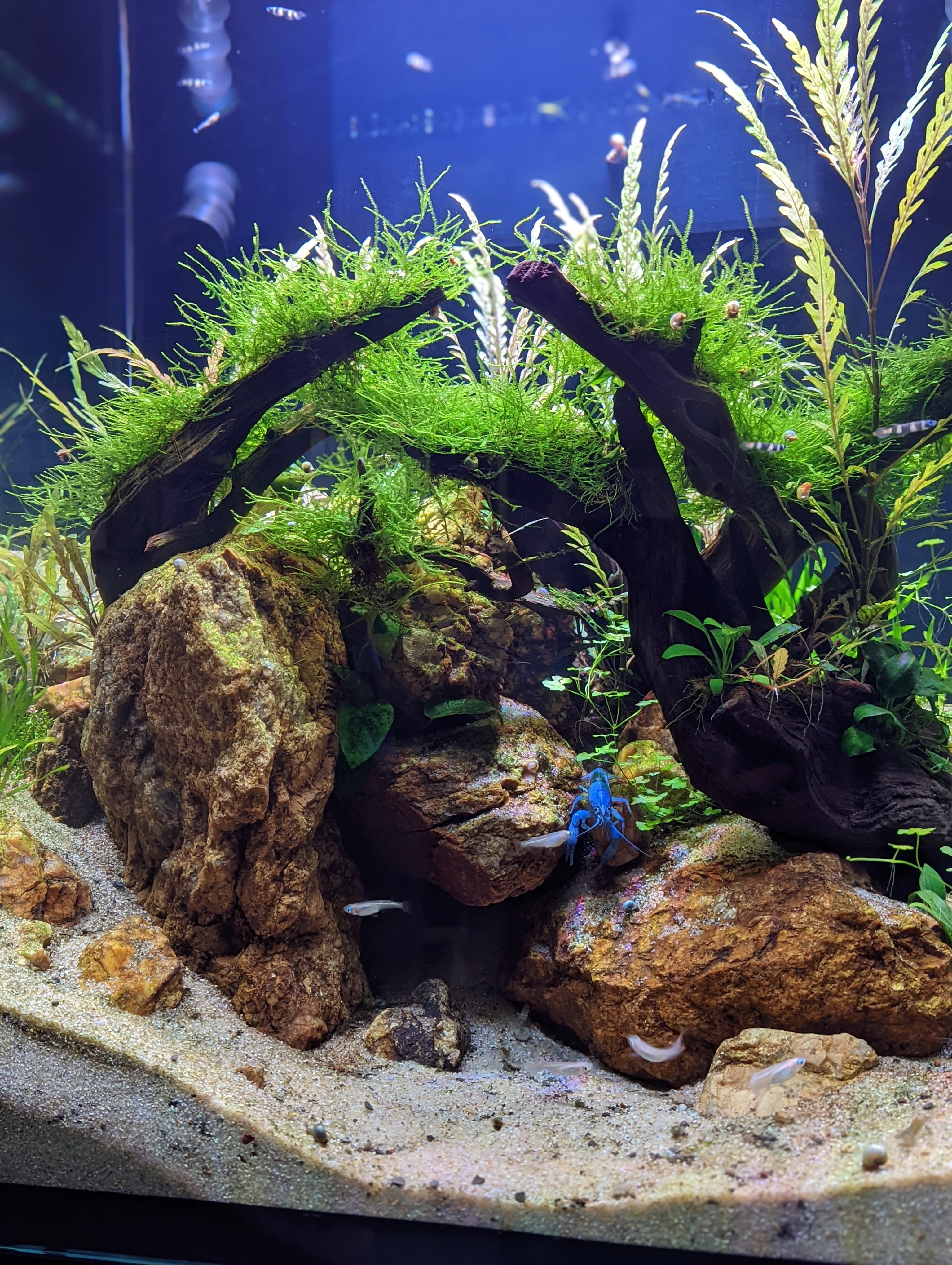sixty_reefer
5000 Club Member
View BadgesArticle Contributor
UK Reef Club Member
Hospitality Award
R2R Research
I have found macro algae never looks good all the time, I've never used anything sand but what is made for reef tanks. I would be concerned about silicates using anything else. You are cycling your tank with all that sea grass in there? I would be concerned about it competing with the tank trying to cycle. The sea grass is gonna slow down your cycle. Same with algae scrubbers you want to finish your cycle before you install it. To cycle I put in my rock and sand and leave the lights out and let it roll with whatever bacteria I'm using for a couple of weeks before I add anything. If you rush it, it will suck later.
how would the algae compete with the tank cycling?





